Lesson 2: On two sides of the border
We were present on both banks of the Ben Hai River, at both ends of the Hien Luong Bridge, when the whole country was preparing to celebrate the 50th anniversary of the liberation of the South and the reunification of the country. The wounds of war are still deeply imprinted on both sides of the border, making us appreciate even more the value of independence, freedom and happiness today.
Quang Tri Citadel - Painful but heroic
Hien Luong bridge historical site
Leaving Da Nang City for Hue, we did not choose to go quickly through the Hai Van tunnel but climbed the pass. Although it was dangerous and took a lot of time, it was an interesting experience, especially being able to see Da Nang City and Son Tra beach from the top of the pass.
Stopping at the top of Hai Van Quan, which has been newly renovated and is quite beautiful, admiring the high mountains, green forests, vast sea and sky, and groups of tourists stopping to check in, I am even more proud of my beautiful country and understand that our country's tourism industry is recovering strongly after the Covid-19 pandemic.
Hue City welcomed us with a long drizzle and a new bridge across the Perfume River named after Nguyen Hoang, the First Lord who founded Dai Viet and laid the foundation for the Nguyen Dynasty. Determined to complete the bridge to celebrate the 50th anniversary, the construction unit sped up the progress and completed the Nguyen Hoang Bridge on March 26, 2025, exactly on the 50th anniversary of the liberation of Hue City, nearly 9 months ahead of schedule.
Nguyen Hoang Bridge, once completed and put into use, is expected to help improve the inner-city traffic system, prevent traffic jams, and be a driving force for economic development in Hue City. Half a day in Hue is enough for us to experience the famous sights: the Citadel, Thien Mu Pagoda, Minh Mang Tomb, Hue National University, Trang Tien Bridge, and Vy Da Village.
Standing by the Perfume River in the evening, listening to the Mai Day folk song coming from the boat, I felt that the folk song was no longer as sad as before, but cheerful with the new life.
Although there is no expressway from Hue to Quang Tri, this section of National Highway 1 has been upgraded very well, the car runs not much slower than the expressway. The vestiges of war are still deeply imprinted in the bombed land of Quang Tri, many shops and houses still use bomb shells as fences. And the image most marked by war bombs, could not be any other, it is Quang Tri Citadel.
We arrived at the Citadel at the same time as many groups of veterans, students, Youth Unions, etc. from many places also came to visit, so we got to "listen" to the explanations for the groups. Quang Tri Citadel was built during the Gia Long period.
The citadel was originally built of earth, but in 1837, King Minh Mang had it rebuilt with bricks. The citadel is square in shape, with a perimeter of more than 2,000 meters, more than 4 meters high, and surrounded by a moat system.
Quang Tri Citadel is famous as the site of the 81-day and night battle in the summer of 1972 between the forces of the Liberation Army of South Vietnam and the US Army - Republic of Vietnam with maximum support from heavy artillery, gunboats and B-52 bombers of the US army.
After the battle, the entire Citadel was almost leveled; only a relatively intact eastern gate remained and several sections of the citadel wall and outer trenches were heavily scarred by bombs and bullets. This was the battle that caused heavy losses to both sides and was the fiercest battle of the entire war, with an estimated 3,000 liberation troops killed in the confrontation at the Citadel.
Currently, at the Quang Tri Citadel Museum, there are still relics and farewell letters sent by soldiers to their families during this battle. A few hundred meters north of the Citadel is the Thach Han River, where the liberation army had to swim across to reinforce the Citadel, many people sacrificed on the river: Boat to Thach Han, please row gently - At the bottom of the river, my friend still lies (Le Ba Duong).
Over Hien Luong Bridge
Leaving the Citadel, continuing through Dong Ha City, before our eyes is the historic bridge that once connected the two banks of the border - Hien Luong Bridge across Ben Hai River, the river that divided the country for 21 painful years! Now there is a concrete bridge on National Highway 1, next to the old iron bridge, but every Vietnamese person and foreign tourist who comes here wants to walk across the small, narrow Hien Luong iron bridge that still exists as a testament to a tragic period of the country.
After the Dien Bien Phu Victory (May 7, 1954), the Geneva Agreement was signed, taking the 17th parallel - Ben Hai River as the temporary military demarcation line dividing the country into two regions, the South and the North. After that, the Ngo Dinh Diem government refused to negotiate and sabotaged the general election. Vietnam was divided for a long time, the Ben Hai River and Hien Luong Bridge were "witnesses" to the pain of dividing the country and separating countless families.
Visiting the exhibition house, each image and each artifact is associated with a story of a painful and heroic time, associated with the pain of the division of the North and South for nearly 21 years and shining with the belief and aspiration for peace and national unification of the nation.
Walking on Hien Luong Bridge in the past, I seemed to see on the other side of the bridge, the wife was looking to the North, waiting for her husband; on this side of the bridge, the husband was facing the South, struggling in the smoke and fire of war.
Immortal Dong Loc crossroads
Leaving Hien Luong Bridge, we visited Phong Nha - Ke Bang Cave (Quang Binh Province) before ending the fourth day of the journey at a place that cannot be missed: Dong Loc T-junction . 57 years have passed, but the story of the heroic sacrifice of 10 female youth volunteer martyrs here still makes many people proud and touches their hearts.
Dong Loc Junction is located on the Ho Chi Minh Trail through the Truong Son mountain range, the intersection of National Highway 15A and Provincial Road 2 in Dong Loc town, Can Loc district, Ha Tinh province. Due to the important location of Dong Loc Junction, the US army focused on bombing to cut off the main northern rear route supporting the southern battlefield.
Grave of 10 female youth volunteers at Dong Loc T-junction
Back then, at Dong Loc T-junction, there was a Youth Volunteer Squad of 10 young girls whose job was to guard the intersection, defuse bombs, and repair the road when it was destroyed by bombs. On July 24, 1968, as usual, 10 young Youth Volunteer Squad came here to do their duty. During the 15th bombing of the day on Dong Loc, some bombs fell right next to the entrance of the bunker where the girls were taking shelter from the bombs. All of them died at a very young age, most of them were not yet married.
In 1989, Dong Loc T-junction was ranked as a National Historical Relic Site. In 2013, the Prime Minister signed a decision to recognize Dong Loc T-junction as a Special National Historical Relic Site on the legendary Ho Chi Minh Trail system.
The Dong Loc T-junction relic site has become a "red address", a place to educate generations of Vietnamese people about patriotism and revolution. Every year, millions of tourists come to offer incense to commemorate, pay tribute, and remember.
Coming to Dong Loc T-junction today, we not only feel the "change of skin, change of flesh" of a land known as "dead land" but also visit the relic complex with many meaningful works showing the gratitude of today's generation to those who fell for the independence and freedom of the Fatherland.
List of martyrs of Long An province's youth volunteers at Dong Loc T-junction relic site
The graves of 10 female TNXP martyrs deeply moved those who came to visit. The memorial stele with the names of nearly 4,000 TNXP martyrs is a heroic and tragic history of a generation of TNXP who did not spare their youth and blood for the independence and freedom of the nation.
It was surprising and touching when on the stele of martyrs of the Youth Volunteer Force, I read the names of nearly 100 martyrs of the Youth Volunteer Force of Long An province, who devoted their youth to their homeland. They were loyal, resilient and served battlefields near and far.
I stopped for a long time at the place where dozens of large and small bomb craters that the enemy had dropped on Dong Loc T-junction in the past were still intact, next to the half-empty bombs that were stuck in the ground. The bomb craters were dozens of meters wide, only 5-7 meters apart, and were dropped daily and hourly on this "dead land". Yet bombs and bullets could not subdue the will of our brothers and sisters, of the Vietnamese people. Even after their deaths, the 10 young female Youth Volunteers of Dong Loc T-junction continued to contribute to the great victory of April 30, 1975!/.
(To be continued)
Nguyen Phan Dau
Lesson 3: This is Chi Lang, Bach Dang, Dong Da
Source: https://baolongan.vn/vet-nang-xuyen-viet-o-hai-bo-gioi-tuyen-bai-2--a195109.html


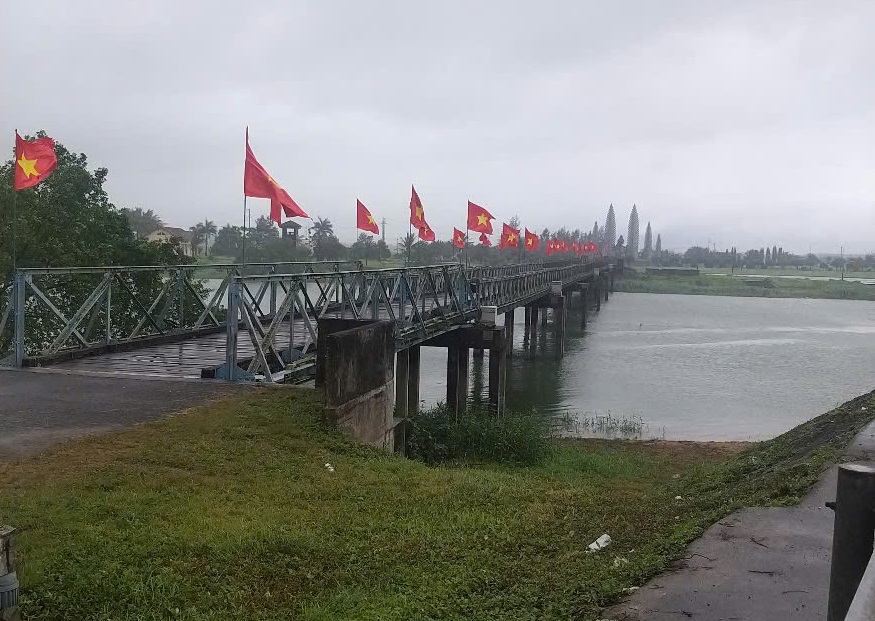
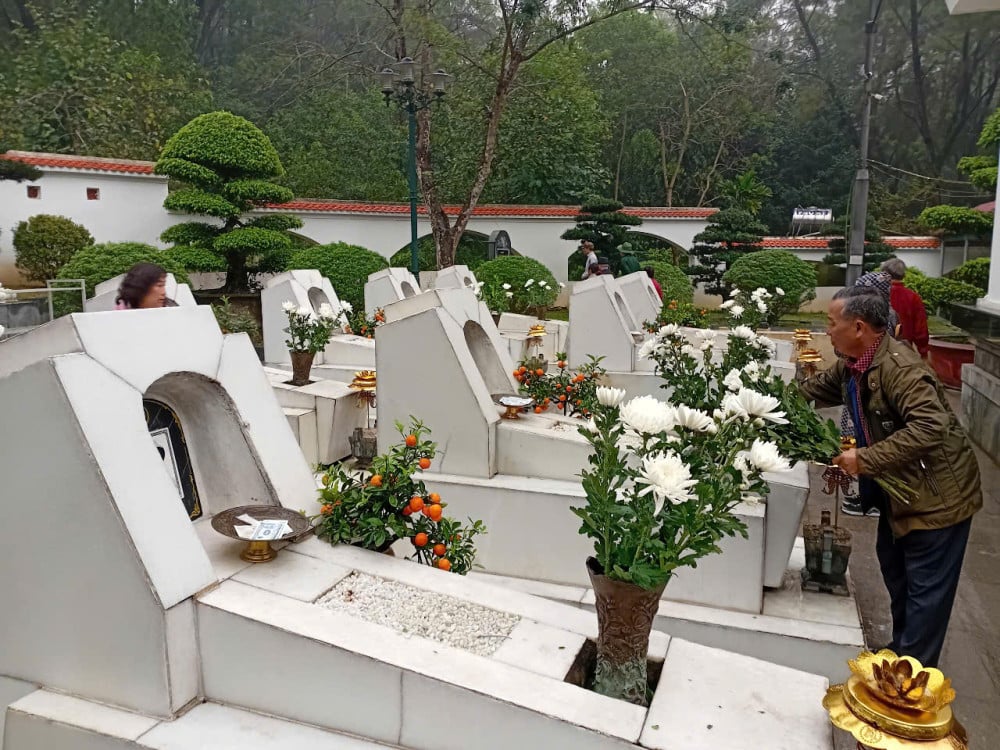
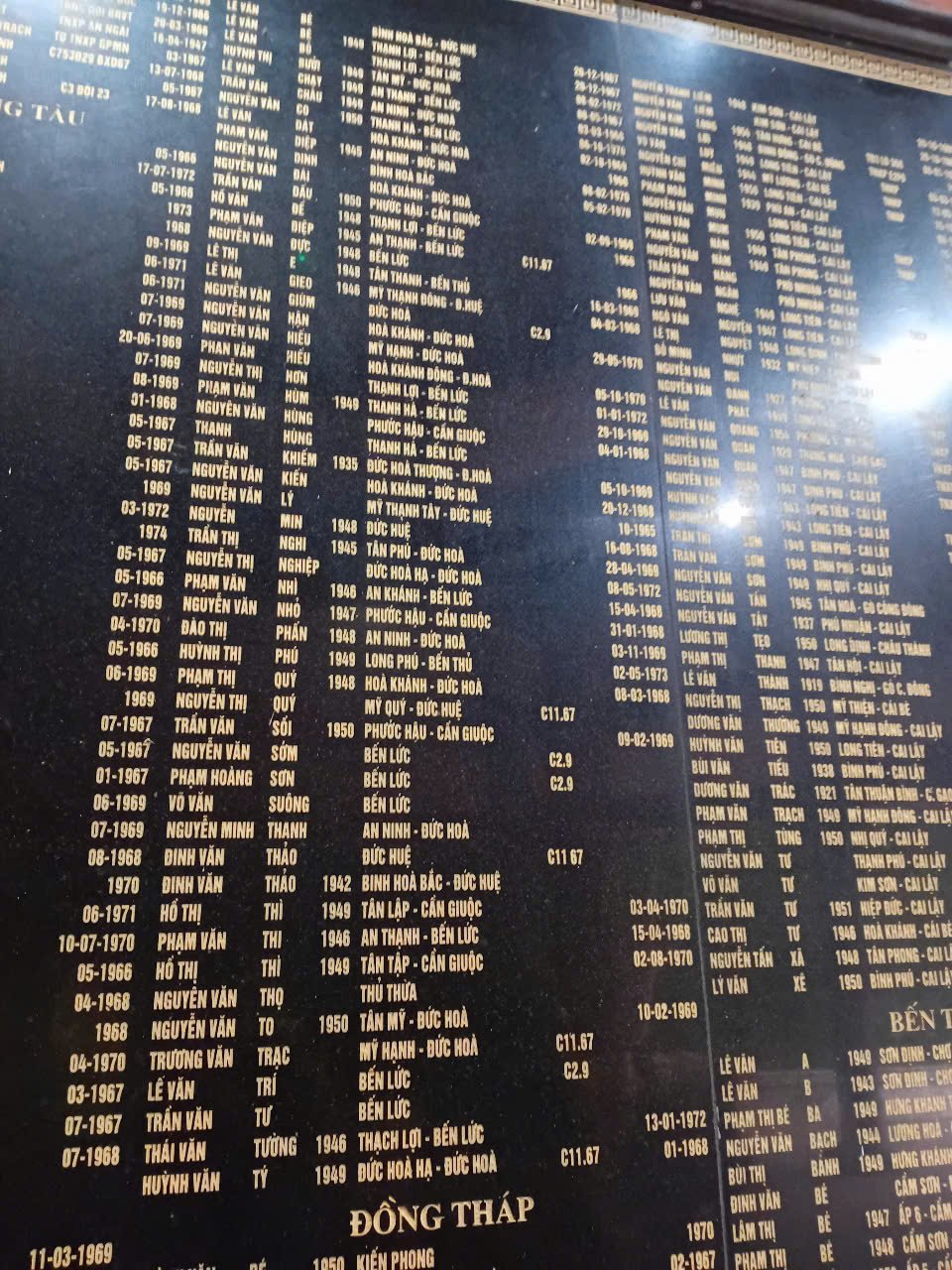



![[Photo] General Secretary To Lam visits exhibition of achievements in private economic development](https://vphoto.vietnam.vn/thumb/1200x675/vietnam/resource/IMAGE/2025/5/18/1809dc545f214a86911fe2d2d0fde2e8)

![[Photo] Ready for the top competitions of Vietnamese table tennis](https://vphoto.vietnam.vn/thumb/1200x675/vietnam/resource/IMAGE/2025/5/18/9c547c497c5a4ade8f98c8e7d44f5a41)



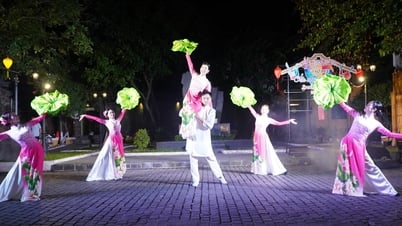



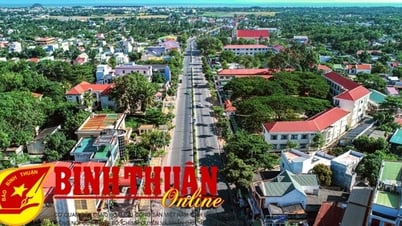






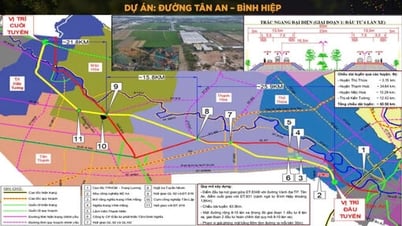



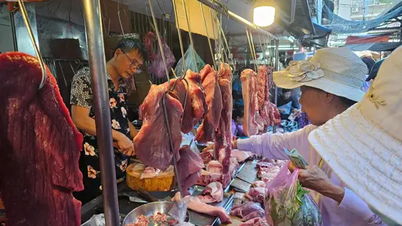
![[Photo] National conference to disseminate and implement Resolution No. 66-NQ/TW and Resolution No. 68-NQ/TW of the Politburo](https://vphoto.vietnam.vn/thumb/1200x675/vietnam/resource/IMAGE/2025/5/18/adf666b9303a4213998b395b05234b6a)















































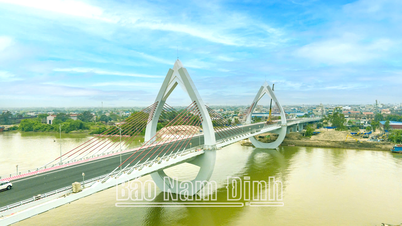

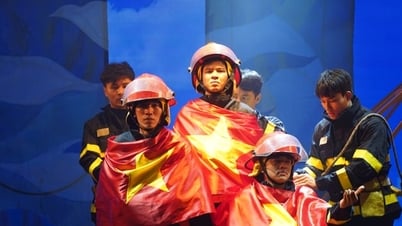




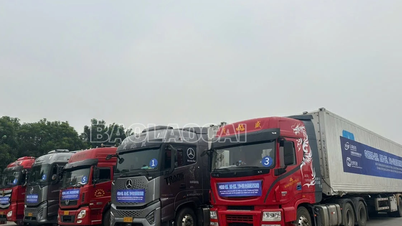









Comment (0)